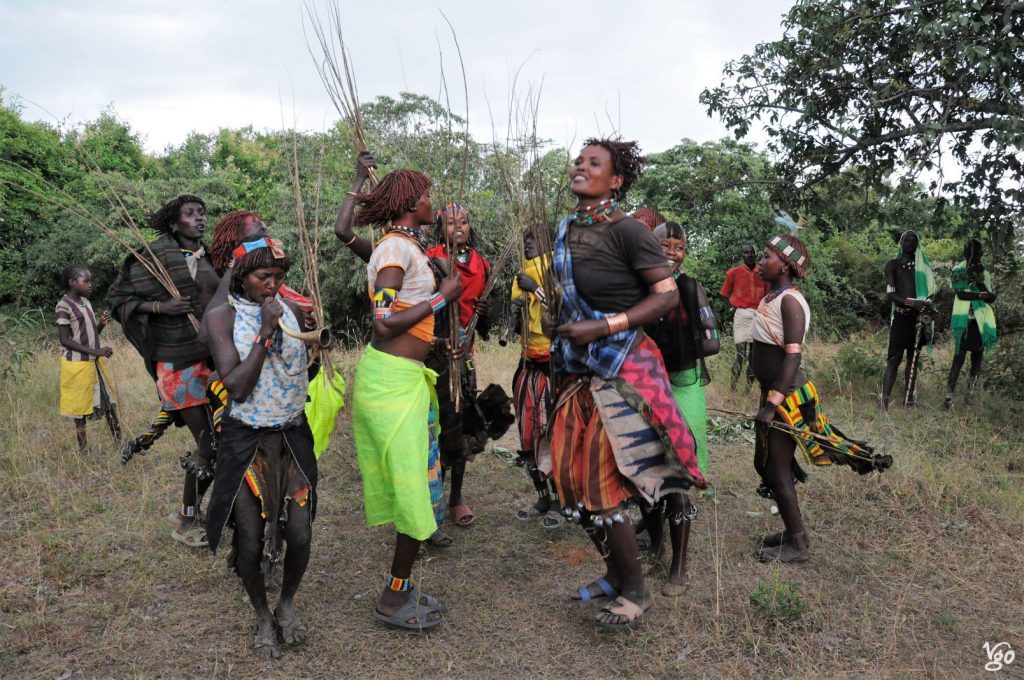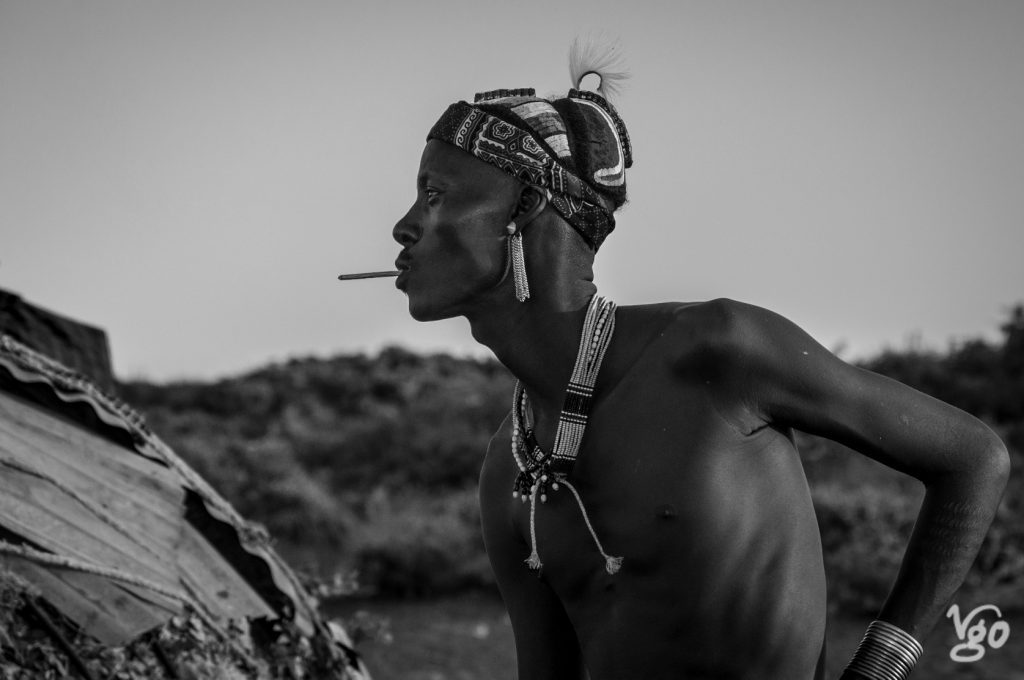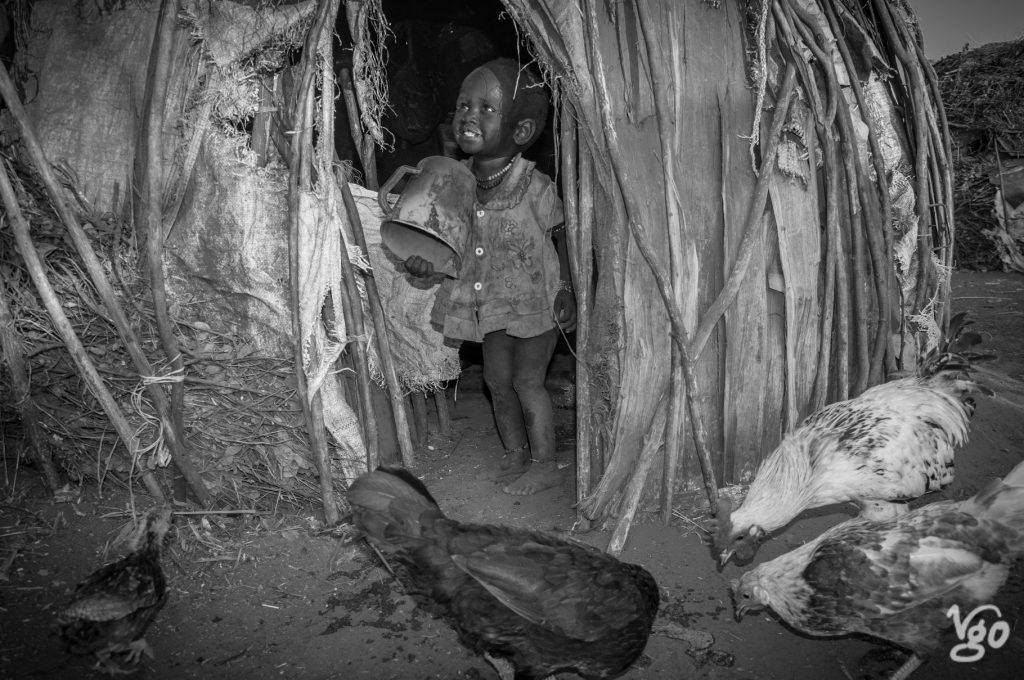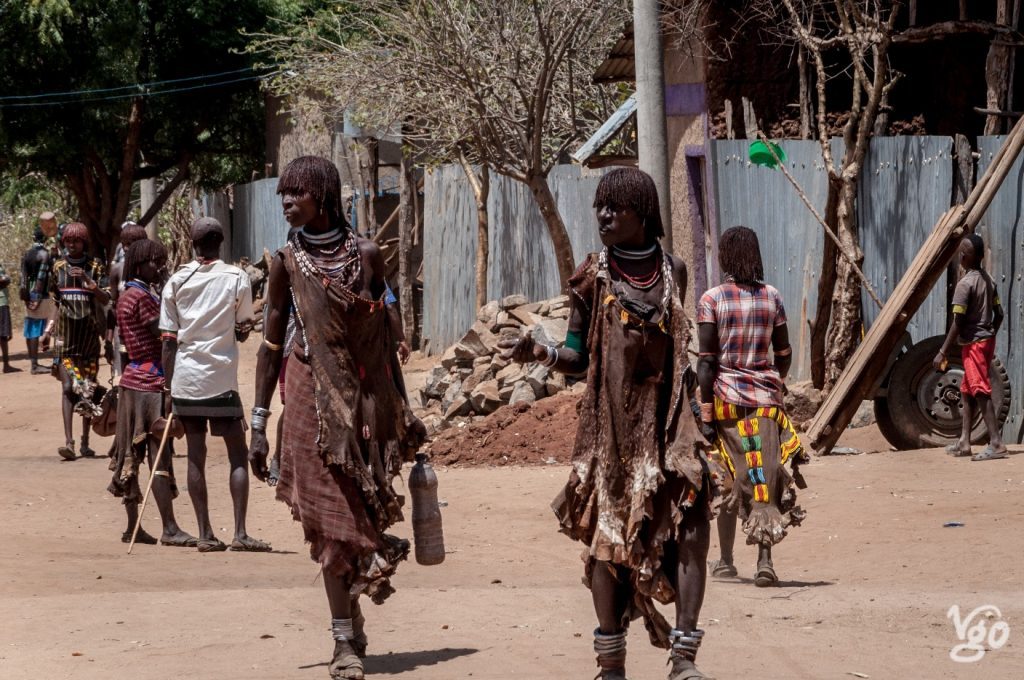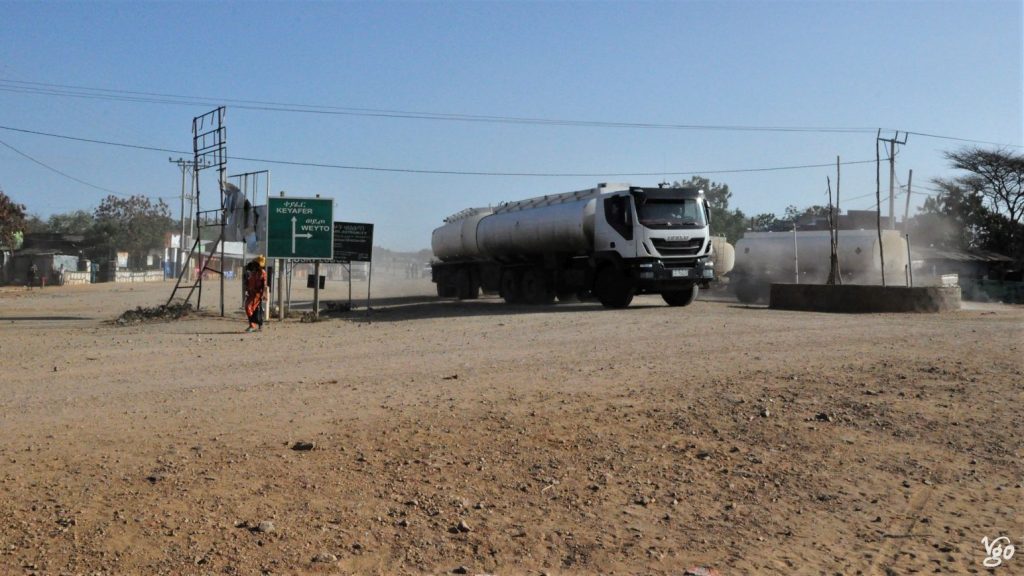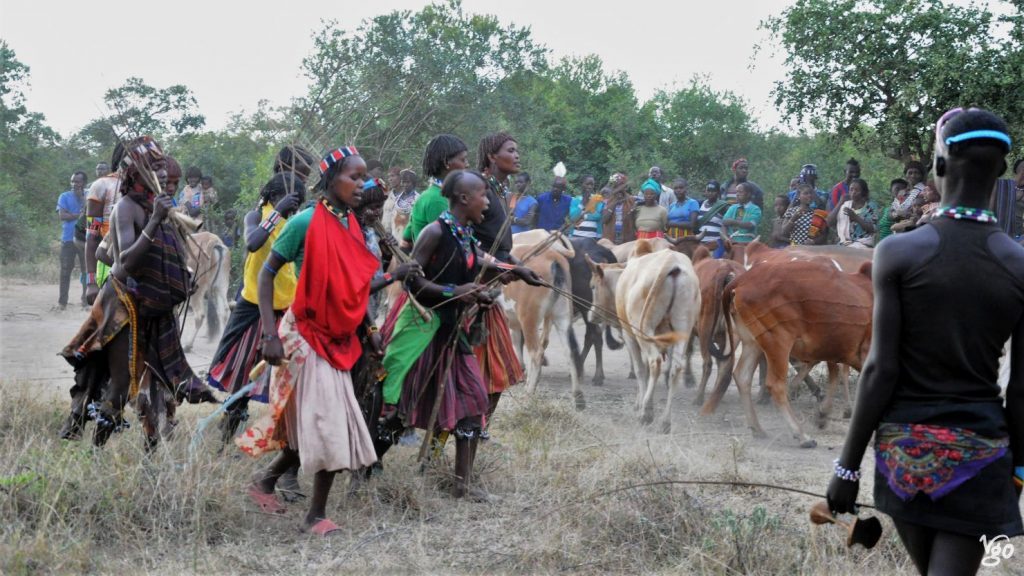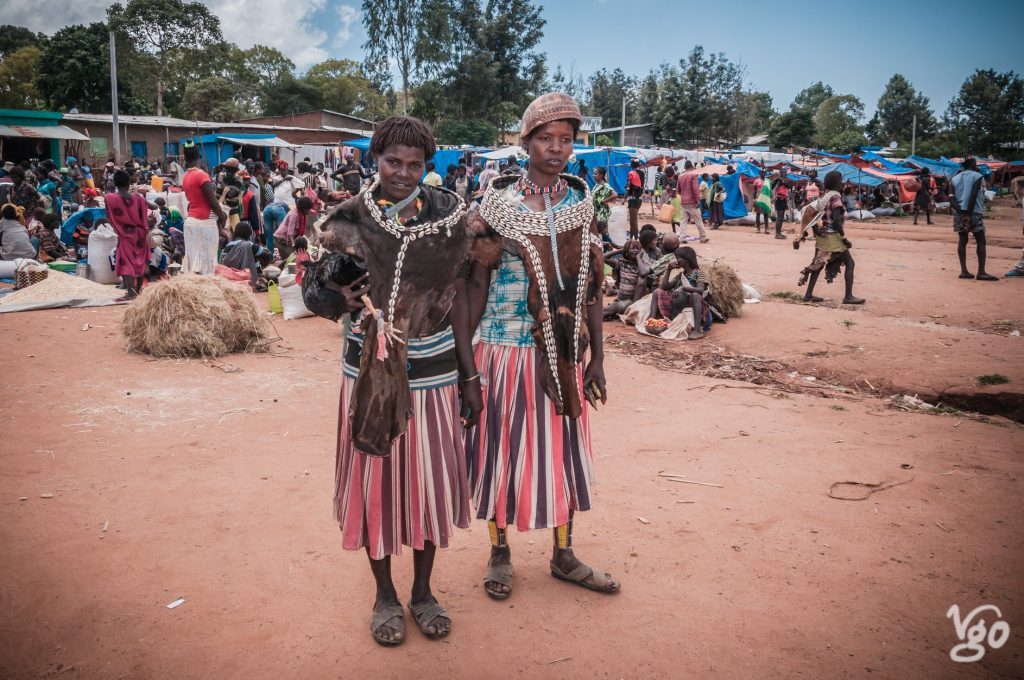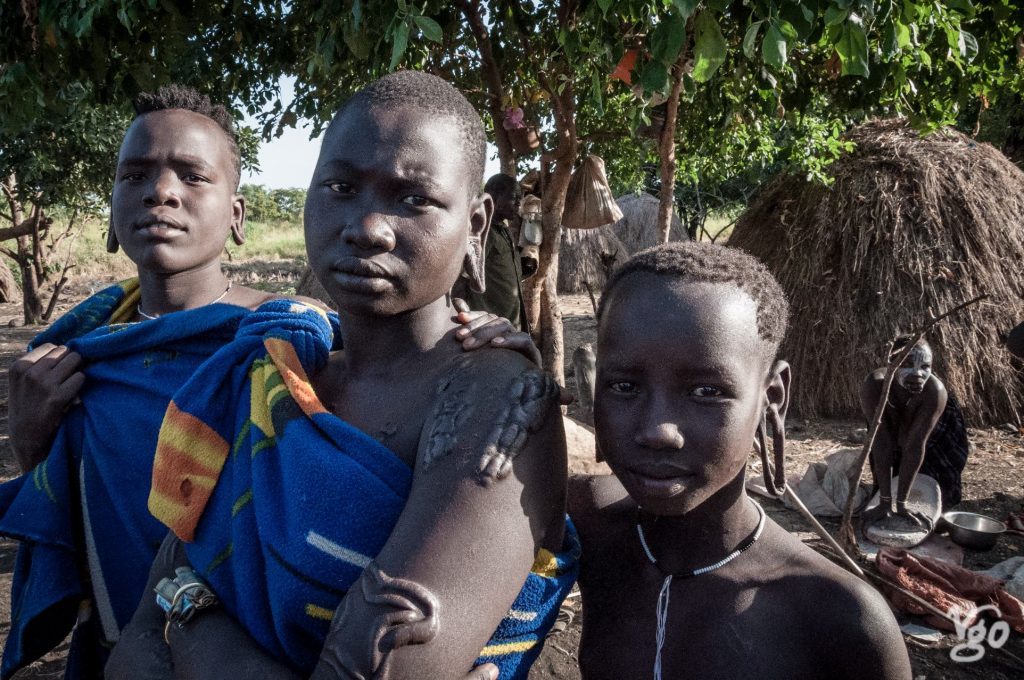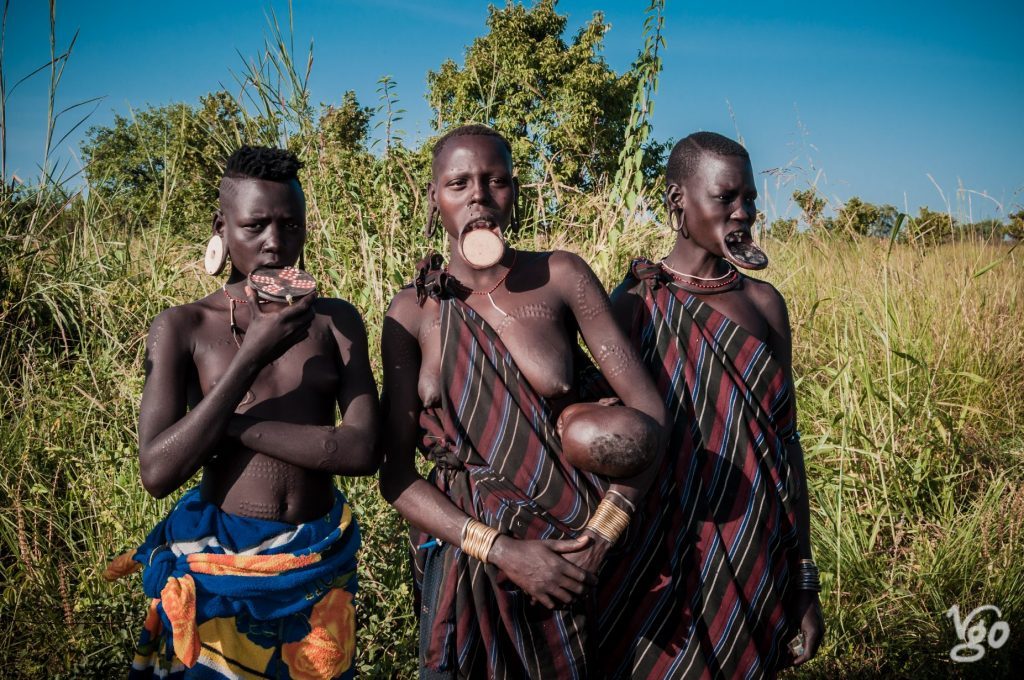This is my second trip to Malawi this year. I arrive in a time of political unrest following the elections in May. Leaders of the opposition parties have alleged that there were massive irregularities and that Mutharika is the “tipp-ex president”. Lilongwe, Blantyre and other places have been the scenes of massive demonstrations which sometimes turned violent, including lootings and mob violence, and as of late the police and army forces are using live ammunition. Driving through town wasn’t always easy therefore, since you better avoid the demonstrations as the protestors do not always clearly discriminate between who to attack. Or would the police? Anyway, we stayed clear of them as best as we could.
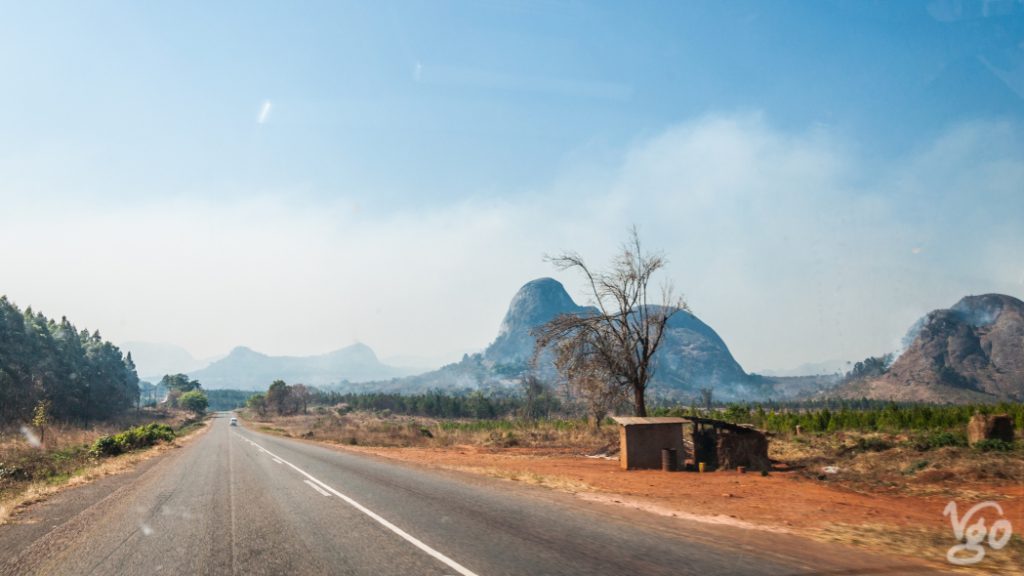
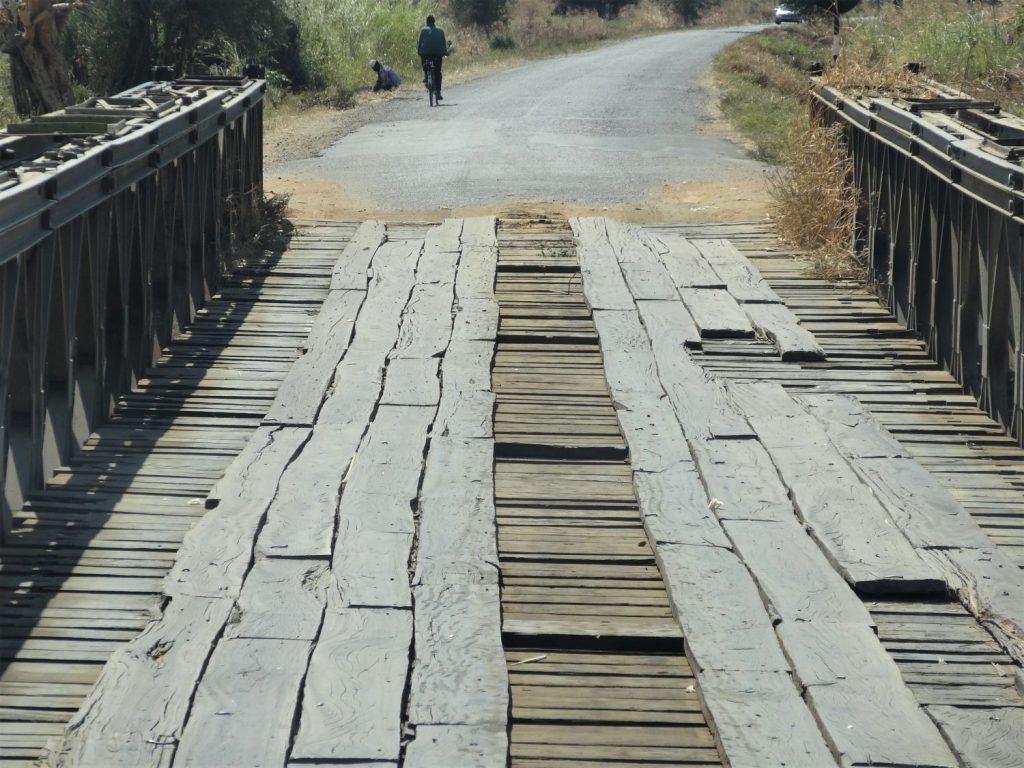

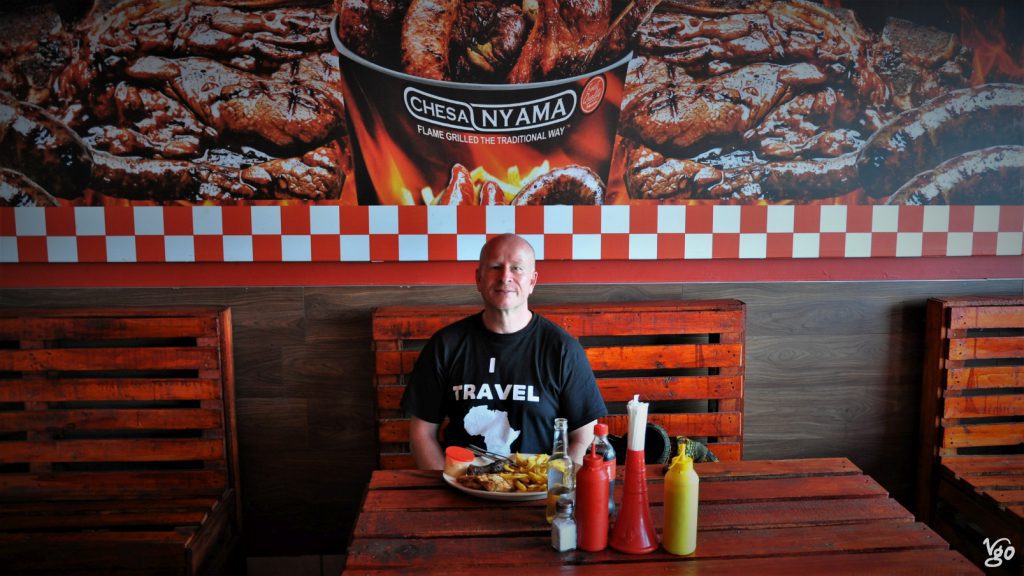
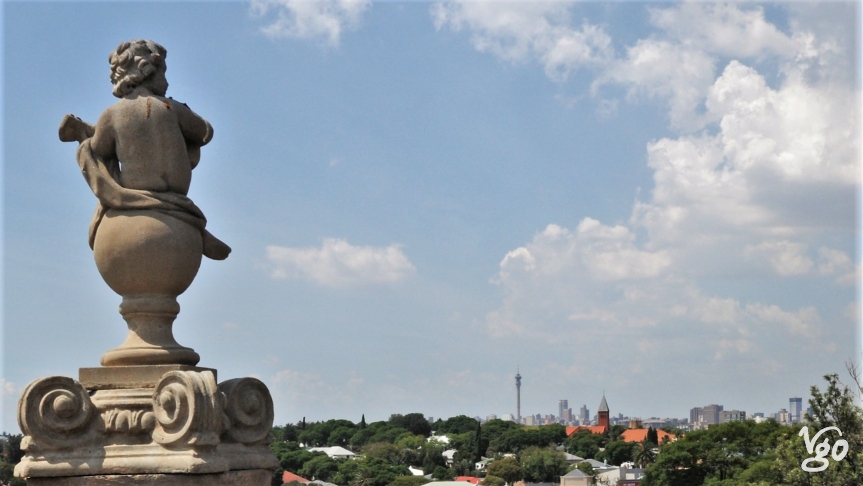
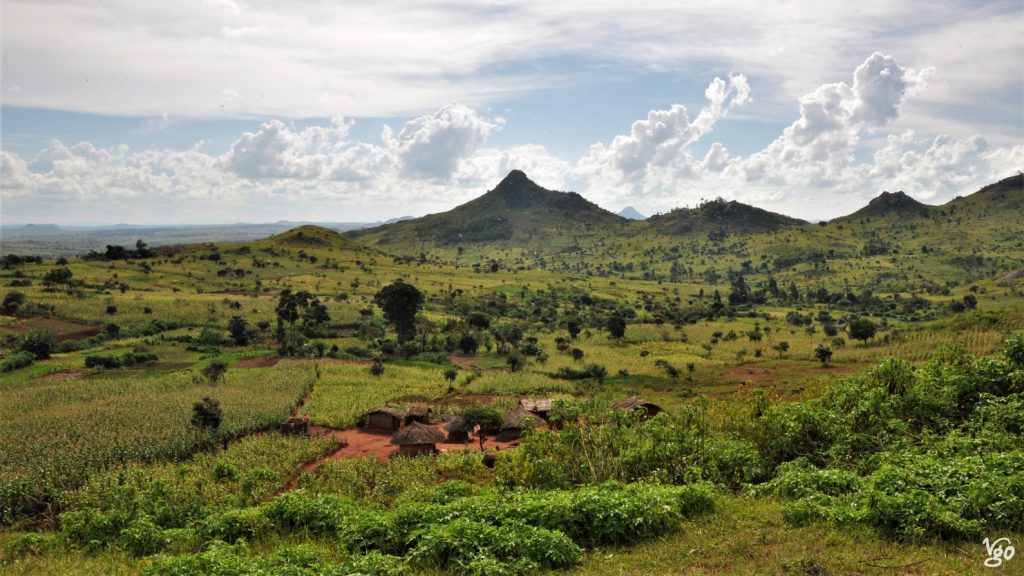
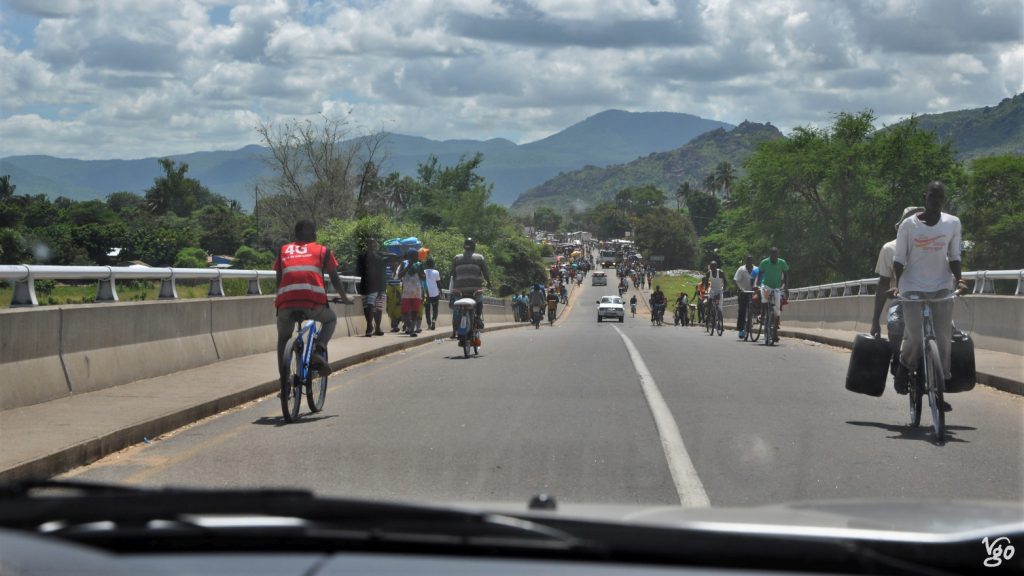
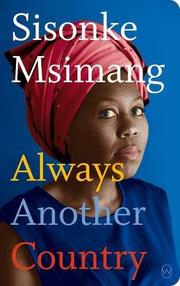
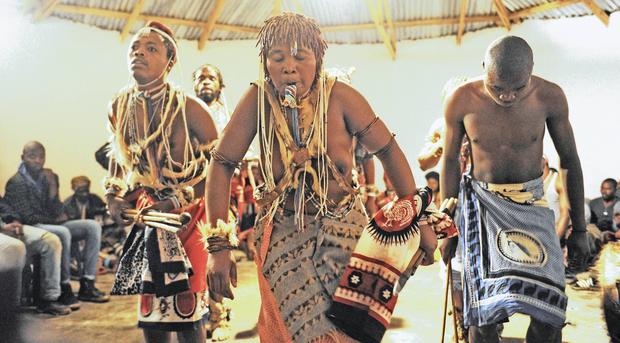
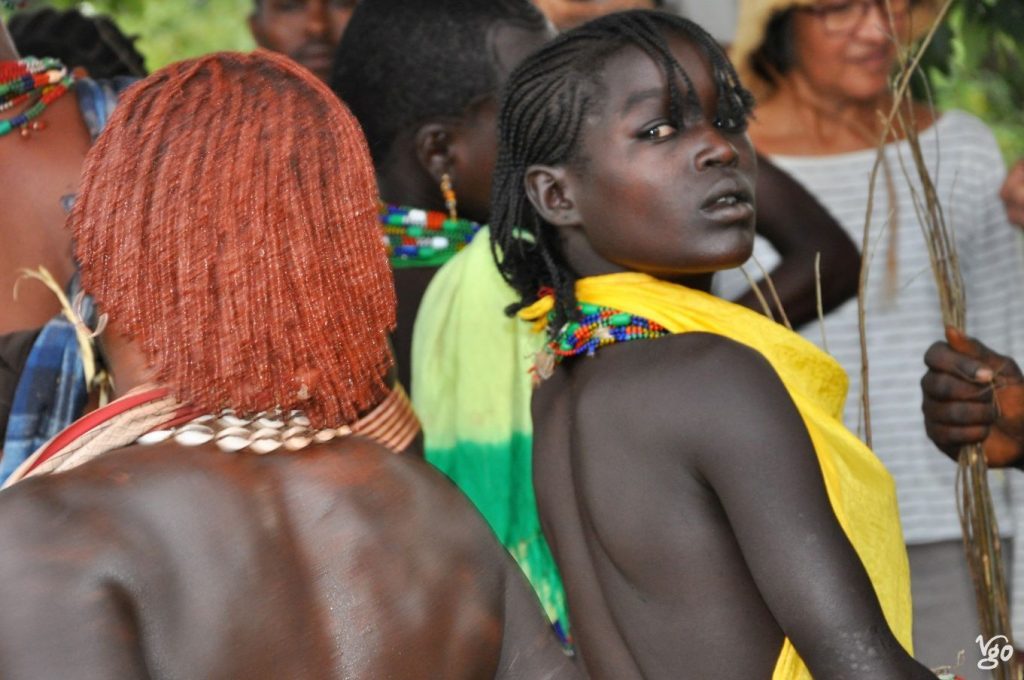 What happens? A few young boys take up some rods, smoothen them (I guess so they don’t break), and then whip across the arms or the back of women, preferably in such a way that the skin breaks, leaving a bloody streak that will turn into a scar. It’s referred to as “culture” (here
What happens? A few young boys take up some rods, smoothen them (I guess so they don’t break), and then whip across the arms or the back of women, preferably in such a way that the skin breaks, leaving a bloody streak that will turn into a scar. It’s referred to as “culture” (here 